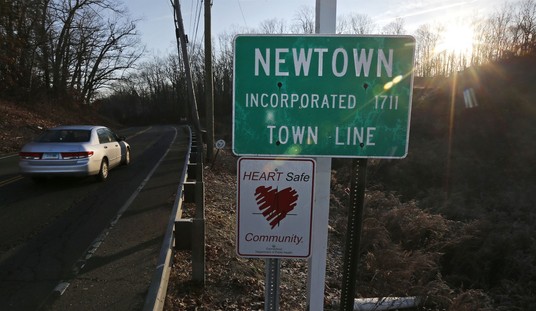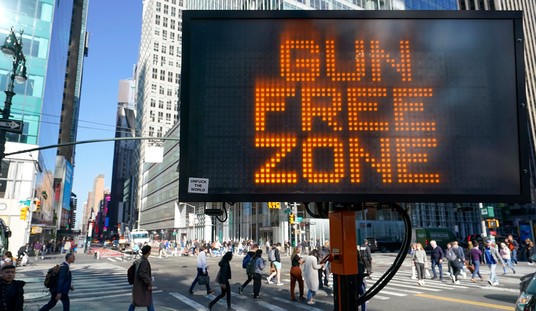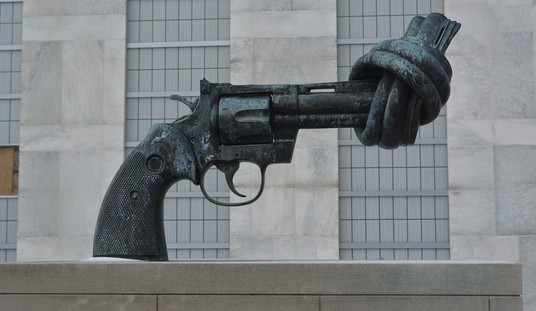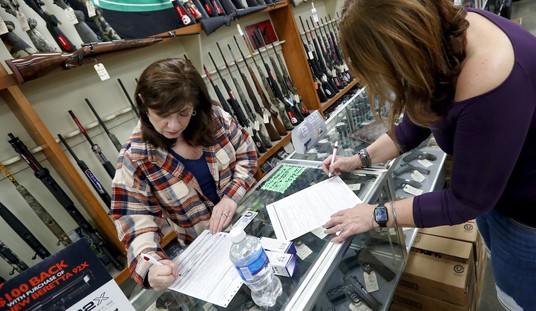In the spring of 1966, I was a First Lieutenant in the Marines, flying UH-34 helicopters out of Ky Ha, South Viet Nam. One evening at dusk the squadron got a call that a Marine company found itself surrounded, had numerous serious casualties, and was fearful of running out of ammunition. [As I have no permission, I’m changing the names of the other pilots] I was on standby medevac as wingman to Captain Morrow in a flight of two. My co-pilot, Lieutenant Baker had been in-country for less than two weeks.
Ammunition was loaded onto Morrow’s chopper. Mine was left empty to facilitate loading the wounded as quickly as possible. By the time we were airborne, it was nearing dark. The LZ was about 20 minutes southwest of Chu Lai. We were told there was no possibility of supporting aircraft or artillery due to the fact that the enemy and the Marines were practically belt-buckle to belt-buckle. Enroute, however, we were notified that the Marines had beaten back the enemy, no mortar shells had landed in the zone for over five minutes and that the LZ was safe enough to drop the ammunition and pick up the wounded.
Morrow and I found the area on an azimuth from Chu Lai, but there was no need to pinpoint the LZ. Tracers still criss-crossed it occasionally, frequently ricocheting wildly at sharp angles in that bizarre and almost lovely scene familiar to all who have experienced night combat. Nearing the zone, a few tracers streaked up toward us, and then quickly veered away as they missed us. All just small arms fire as far as I could tell.
Morrow and I had planned to land at the same time, but as we turned to circle just away from the LZ to begin our run in, he radioed that he was going to go down, take a look, and try to get the ammunition out. He would call me when he was ready to lift off and I was to head in. He then radioed the troops on the ground to tell them our plans and to have the wounded ready to load.
As we watched, as best we could in the dark, Morrow let down into the zone. Baker tightened his shoulder straps and lowered his clear-plastic visor. I asked Gunny Roberts, the crew chief and gunner on the right side of the aircraft, if he was all set, and got back the two-click affirmative. Baker keyed his mike to say something; it hissed a moment, and then stopped.
“Gunny,” I said on the intercom, “they’re supposed to have six wounded. I don’t know how we’ll get them all in, but do your best. Just tell me when we’re ready to go.”
He double clicked again.
I had just taken off some power when I heard Morrow yell “SHIT” over the air. He was a hundred feet from the center of the zone, still moving rapidly, and flying through a spraying firehose of tracers. He slowed, I heard him yell “Kick it out. Kick it out,” probably not realizing he was on the air, not the intercom. As he lifted out of the zone (we could really only see a dark form, but pinpointed by tracers) he said, “Two, take it around!” I pulled power back in and broke left before reaching the zone.
A half mile from the LZ Morrow turned on his running lights and I joined up on him. “I don’t think you can make it,” he radioed. But I knew it was my decision. I called the company CO and asked him if the wounded were ready to come out. He answered in the affirmative, paused with the mike hissing and said, “I’m not sure you can get…” and then went silent. Morrow had to head back to the base, not sure how badly his aircraft was damaged. I called the company six and told him to load only those that were critical. Then I peeled off Morrow and headed back to the LZ.
About half a mile from the zone I let down to less than a hundred feet and lowered the nose to build up airspeed. Our gunner on the left side M-60 asked if he could shoot. I told him no. We passed over a tree line at fifty feet and tracers just came from everywhere. I heard someone yelling No! No! No but couldn’t tell who it was. I saw and think I felt an explosion on my left from what I later learned was a mortar. Tracers were headed straight for us now from the far side of the LZ, with no deflection. I kept the nose down and flew directly ahead, pulling up and climbing left beyond the zone. On the flight line fifteen minutes later an inspection revealed we had not taken a single hit.
The next morning near noon, I took over an aircraft from a pilot who was sick. We flew out to the same LZ and when I landed there were ten Marines under shelter-halves lined up for evac. Ten dead Marines. I will never forget the sight. In my twenty five or thirty Air Medals is one which came from that mission. I have always been glad that I didn’t know which one. I wouldn’t want to wear it.
Combat is a lot of things. Thousands and thousands of books have been written to try to describe what it is like. Had I read them all, none would have prepared me for being a twenty-four year old Marine pilot trying to make a life or death decision in the dark in Quang Ngai province. I flew hundreds of missions over the next two and a half years in the Marines and later Air America. Was shot down four times. They say that Viet Nam vets don’t like to talk about the war. Maybe some of them, like me, can’t talk about the heroics without remembering the missions that failed.
A note from the editor: My friend Phil Jennings is the author of The Politically Incorrect Guide to the Vietnam War. To find out more about his book click here. Thanks – Mike P.








Join the conversation as a VIP Member